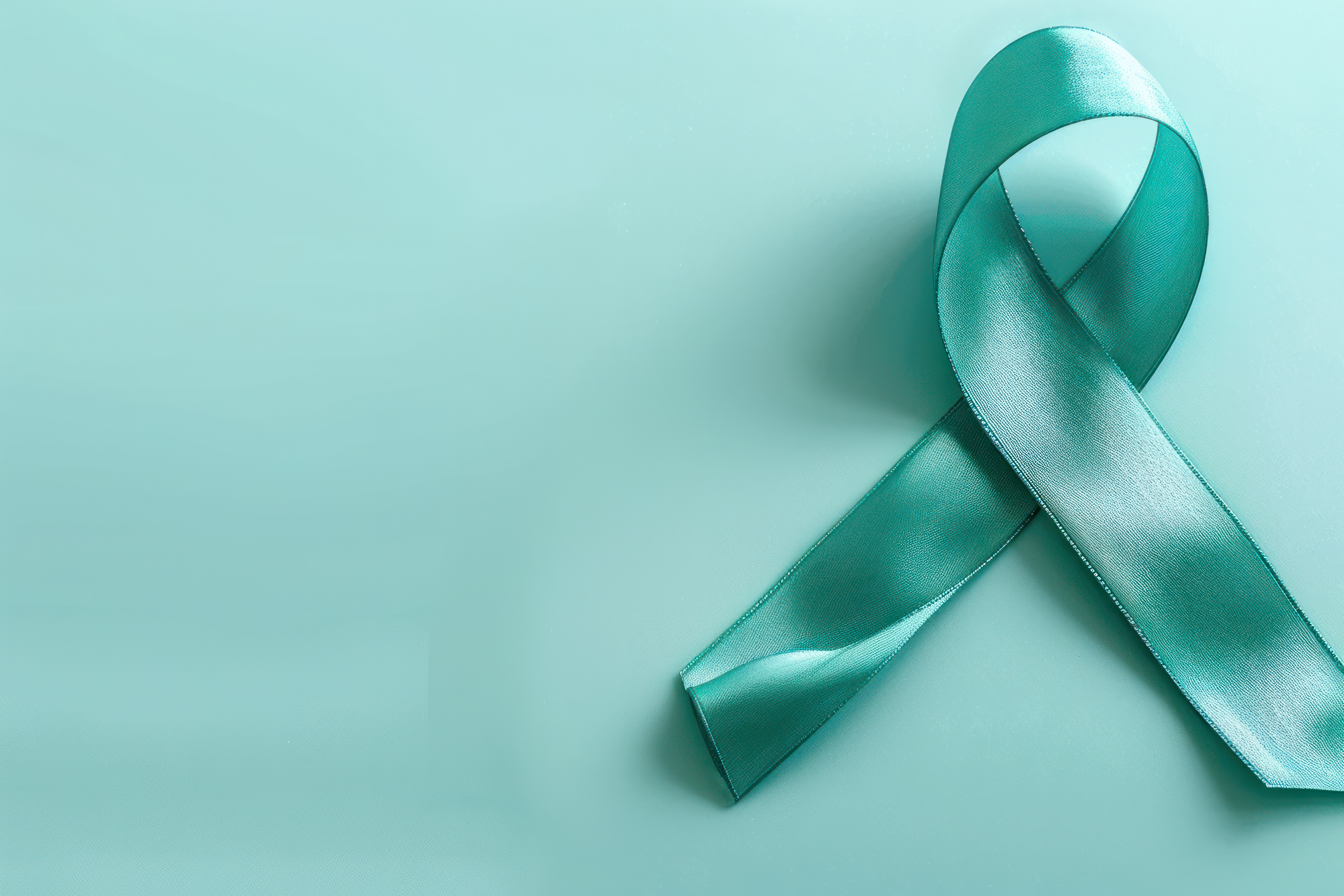As Cervical Cancer Awareness Month draws to a close, here’s what you need to know

QUINCY — Cervical cancer is the fourth deadliest cancer among women globally and claims the lives of roughly 4,000 women in the United States each year, according to the Centers for Disease Control and Prevention (CDC).
Like many cancerous diseases, the time of detection can greatly impact the rate of survival. The more knowledgeable one is on the disease and how to prevent it, the greater chance one has at protecting themselves.
As January comes to a close, so does Cervical Cancer Awareness Month — so let’s talk about it.
What is cervical cancer?
The cervix plays an important role in the female reproductive system. Located at the base of the uterus, the cervix protects the uterus from anything inserted into the vagina and allows fluids, such as sperm and menstrual blood, to pass between the two.
The positioning and firmness of the cervix fluctuates throughout the menstrual cycle and pregnancy, as well as the condition of the mucus it secretes. For example, the slippery, egg-white-like mucus secreted during the ovulation phase makes it easier for sperm to pass through, which is why some women chart their cervical mucus as a form of family planning and/or birth control.
Cancer of the cervix typically occurs when abnormal cells present in the cervix begin to multiply quickly. Over time, if left untreated, a tumor can amass and/or the abnormal cells can spread to other parts of the body.
How common is it?
While cancer is the second leading cause of death in the United States, cervical cancer is fairly uncommon. Though the lifetime risk of developing the disease is less than one percent in the U.S., the odds are far more grim for women in lower and middle-income countries.
“Cervical cancer is the fourth most common cancer in females, with a higher incidence in resource-limited countries,” Dr. Deborah Woodward, a board-certified gynecologist at Quincy Medical Group, said in an email.

Deaths in these countries — primarily located in sub-Saharan Africa, Central America and Southeast Asia — accounted for 94 percent of the 350,000 deaths that occurred globally as a result of cervical cancer in 2022, according to the World Health Organization (WHO). “Inequalities in access to vaccination, screening and treatment services, risk factors including HIV prevalence, and social and economic determinants such as sex, gender biases and poverty” all contribute to such significantly higher rates than those of the U.S.
In the United States, cervical cancer is most commonly diagnosed in women between the ages of 35 and 49, with an annual rate of about 15 new cases per 100,000 people, according to the most recent cancer data from the CDC.
More than 12,500 new cases were diagnosed in the U.S. in 2021, and more than 4,000 women died of cervical cancer the following year. The five-year survival rate for the disease at the time of diagnosis varies from 91 percent at early detection to 19 percent if the diagnosis is made after the cancer has already spread to other parts of the body, with an average five-year survival rate of 67 percent, according to the National Cancer Institute.
Nearly 300,000 women in the U.S. are living with the disease at any given time.
What causes it, and what are the symptoms?
“HPV (human papillomavirus) infection with high risk strains is the major risk factor,” Woodward said.
Spread through skin-to-skin contact during vaginal, anal or oral sex, HPV is one of the most commonly occurring sexually transmitted infections in the world. In fact, according to the CDC, “nearly everyone will get HPV at some point in their lives.”
Most cases will resolve on their own within two years of diagnosis, but persistent cases of infection can lead to a variety of cancers among the reproductive organs, anus and the back of the throat.
While there’s no definitive screening process for men, HPV can be detected in women with a Pap test, during which samples from the inside of the cervix are collected to test for abnormalities.
Multiple sexual partners, early onset of sexual activity, high risk sexual partners — such as partners who engage in unprotected sexual intercourse with multiple partners or partners with a history of injecting drugs — and a history of sexually transmitted diseases can all increase the risk of contracting HPV, Woodward said.
More than 200 types of HPV exist, but only certain strains present a high risk of developing cancer.
According to the American Cancer Society, while HPV 6 and HPV 11 often cause genital worts, they rarely cause cancer. By contrast, types such as HPV-16, -18, -31, -33 and -42 have been associated with cancer.
Aside from HPV, smoking cigarettes also increases the risk of developing cervical cancer.
Warning signs of potential cervical cancer include irregular vaginal bleeding, bleeding after intercourse and pelvic pain, though symptoms usually only present themselves after the cancer has already begun to grow.
“Early cancer is usually asymptomatic,” Woodward said.
How can it be prevented?
Since regular screenings can catch reproductive diseases in the early stages, staying up-to-date on gynecological testing is one of the best ways women can protect themselves.
Pap smears are recommended every three years, and HPV testing is recommended every five years for all women ages 25 to 65, or both tests can be knocked out at once with an HPV/Pap cotest every five years. (Some may be recommended for more frequent testing.)
The age at which testing is recommended to begin was changed from 21 to 25 in 2020, due in part to the significant “drop in HPV infections and cervical precancer” among women currently in their 20s — the first generation to have received the HPV vaccine as children after it hit the market in 2006.
Since their launch, the vaccines “have slashed HPV infection rates by 64 percent in the United States,” according to the National Cancer Institute.
In addition to successfully preventing cervical and anal cancers and genital warts, researchers have found that the vaccines also protect against several other cancers that have been associated or attributed to HPV.
Since most adults in the U.S. have already been exposed to HPV, the CDC recommends vaccination long before becoming sexually active. The first dose can be administered to children starting at age nine, with a second dose six to 12 months after.
Children and adults with weakened immune systems, people first receiving the vaccine between the ages of 15 and 26 and children who received their second dose within five months of receiving their first are all recommended for three doses.
Those over the age of 26 should speak with their doctor to discuss if the HPV vaccine is right for them.
More information on the HPV vaccine can be found on the CDC’s website.
Miss Clipping Out Stories to Save for Later?
Click the Purchase Story button below to order a print of this story. We will print it for you on matte photo paper to keep forever.

